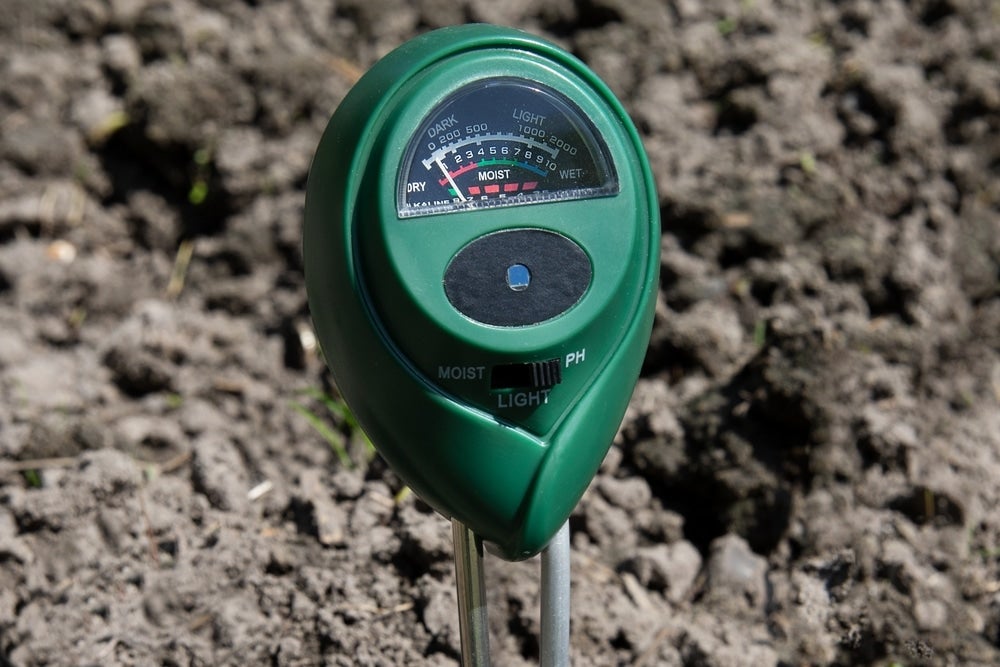The pH level of the water in a dredging process can significantly affect the efficiency of several stages of the operation. It impacts the behavior of the sediments, the performance of flocculants and coagulants, and the stability of the treated water. Achieving the correct pH balance is thus essential for the smooth running of the dredging process and the effective management of the dredged materials.
The management of pH levels is critical in the dredging process. Water-soluble polymers, specifically inorganic coagulants, offer a reliable and effective solution for pH adjustment, ensuring optimal conditions for various operations involved in dredging.
pH Control for Optimal Process Conditions

Water-soluble polymers are valuable tools for pH adjustment. The pH of the water can influence the effectiveness of these polymers, which act as flocculants and coagulants. These polymers can perform at their best at the correct pH, enabling the efficient aggregation of fine particles and promoting more rapid reaction times.
In addition, adjusting pH levels can ensure that the treated water meets the necessary environmental standards for safe discharge or reuse. It can also minimize potential damage to equipment, prevent the leaching of harmful substances, and maintain the overall efficiency and safety of the dredging operation.
Unlike lime, polymer use will not significantly change the pH of water, and no pH correction is necessary after dosing.
Therefore, water-soluble polymers offer a flexible and effective solution for pH control in dredging operations. They contribute significantly to maintaining optimal process conditions, ensuring that the various stages of the dredging operation, from sediment handling to water treatment, are conducted most effectively and environmentally responsible.
